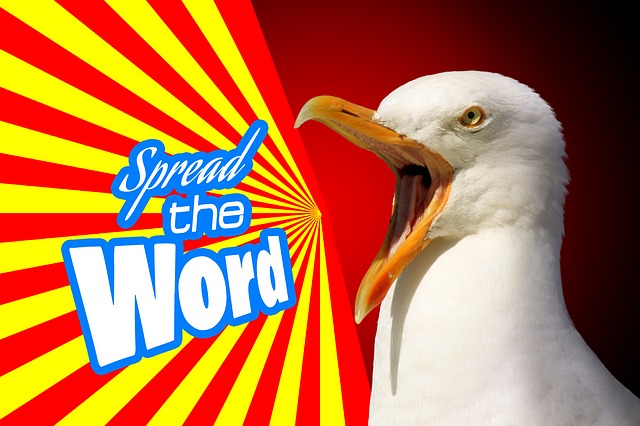
The Iceland ad – Blurring the lines between PR, advertising, digital, social and owned
 By Lauren
By Lauren
How many media categories does the Iceland Christmas advert fall into and which one is giving the best ROI? Even though it’s an advert it’s unlikely to be advertising, if a Christmas ad had been banned twenty years ago, advertising jobs would have been lost. Instead, because it works across many different types of media the ROI for the Iceland advert has far exceeded any Christmas advert, even potentially John Lewis’ – who now doesn’t know that Iceland is against palm oil? John Lewis spend around seven million pounds on their Christmas ad (a lot of that is media spend). I would imagine Iceland’s budget is significantly less – an integrated campaign offers a lot more value. Was it ever even intended as an advert that they would to pay to play or was the goal a viral campaign bolstered by extensive earned media coverage? I guess we will find out when it’s either entered for a PR award or an advertising award!
Not that Iceland is a trailblazer, the John Lewis advert has always relied on other types of media, such as press and social to amplify the impact – it makes the national news before it is aired, there is always a Twitter storm with opinions – an Elton John promotion or a heartfelt illustration of what a difference the perfect present can make? It’s then quickly followed by spoof versions – an opportunity for both John Lewis, and those who send it up, to get yet more press and social media debate.
In an integrated world trusted print and online media is still king
However, Iceland is doing something a bit different in that the ongoing publicity is not just about the advert, but the issue raised within it. The Iceland campaign not only highlights the value of this type of integrated campaign, but also of the importance of having a story that isn’t just a social media storm that’s forgotten in a week -it has sufficient depth to inspire quality journalism. Print media (and its online sibling) isn’t just about sharing the story, social media is far more effective, its job is to provide the expert analysis and that’s increasingly what we value. Trust in traditional media is rising and this is a good thing for PR people – even if an article doesn’t go all your way, being part of a bigger debate ensures longevity for the story. For example, Wired has addressed the complexities of palm oil vs. other options so it’s not a straightforward pat on the back for Iceland but the company gets the credit for raising it as a sustainability issue.
As PR people our job is to create a story that promotes our clients across every type of media, but journalists are there to deliver all sides of the story. Written coverage provides the credibility, the SEO value and amplification of whatever it is that you want to share (in this case the advert) and if you can create something that is part of a topic that people want to talk about – in this case sustainable consumerism – it will be worth far more than the initial story. I would bet that every time a UK story appears on sustainability it will mention Iceland and palm oil, we might well be updating our sustainability references for our clients – paper vs. plastic might become palm oil vs petroleum based personal care products!
I might be biased but my money is on traditional media and influencer PR tactics as the one that will deliver the most value to Iceland – both from the initial splash of coverage and the ongoing debate about palm oil. Many companies are increasingly starting to agree and there is a resurgence in demand for traditional media coverage – a lot of agencies have announced that they are going back to focusing on building their expertise in the core PR services of media and influencer relations. For us, it never went away, our clients continually cite this as the thing they value most about Spark.